Electoral campaign Framing. The presidential elections of 2015 in the Argentine reference press
Abstract
This research carries out a comparative analysis of the media frames defined by the reference press in the coverage of the 2015 presidential election campaign in Argentina. This work seeks to describe media positions and approaches to account for the media agenda resulting from this framing process. This research hypothesizes that strategic frames which narrow campaign information down to a winner-loser game prevail in the 2015 presidential election coverage. Regarding methodology, this research uses traditional content analysis and quantitative and qualitative techniques. The former, statistical, is based on unit tall; and the latter, logical, is based on a combination of categories. The theoretical framework for this analysis is drawn from theories of agenda-setting, framing and thematization. Among our main findings, it is worth highlighting that, in both newspapers analyzed, neutral frames have prevailed when determining each candidate´s profile, despite granting higher support levels and approval to the opposition candidate, Macri.
Published
How to Cite
Issue
Section
Copyright (c) 2020 Marina Acosta, Silvia Demirdjian, Agustina Lassi

This work is licensed under a Creative Commons Attribution-NonCommercial-NoDerivatives 3.0 International License.
The authors that publish in this Journal accept the following terms:
a. Authors retain copyright and grant the journal right of first publication with the work simultaneously licensed under a Creative Commons Attribution License Attribution-NonCommercial-NoDerivs 3.0 Unported (CC BY-NC-ND 3.0) that allows others to share the work with an acknowledgement of the work's authorship and initial publication in this journal.
b. Authors are able to enter separate, additional contractual arrangements for the non-exclusive distribution of this journal's published version of the work (e.g., post it to an institutional repository or publish it inside a book), with an acknowledgement of its initial publication in this journal. All the works published on this Journal are retrieved and safeguarded in the Institutional Repository of this University: Repositorio UNLaM
c. Authors are allowed and encouraged to post their work online (e.g., in institutional repositories or on their website) prior to and during the submission process, as this can lead to productive exchanges, as well as to enriching and enlarging the number quotations on the work published.















